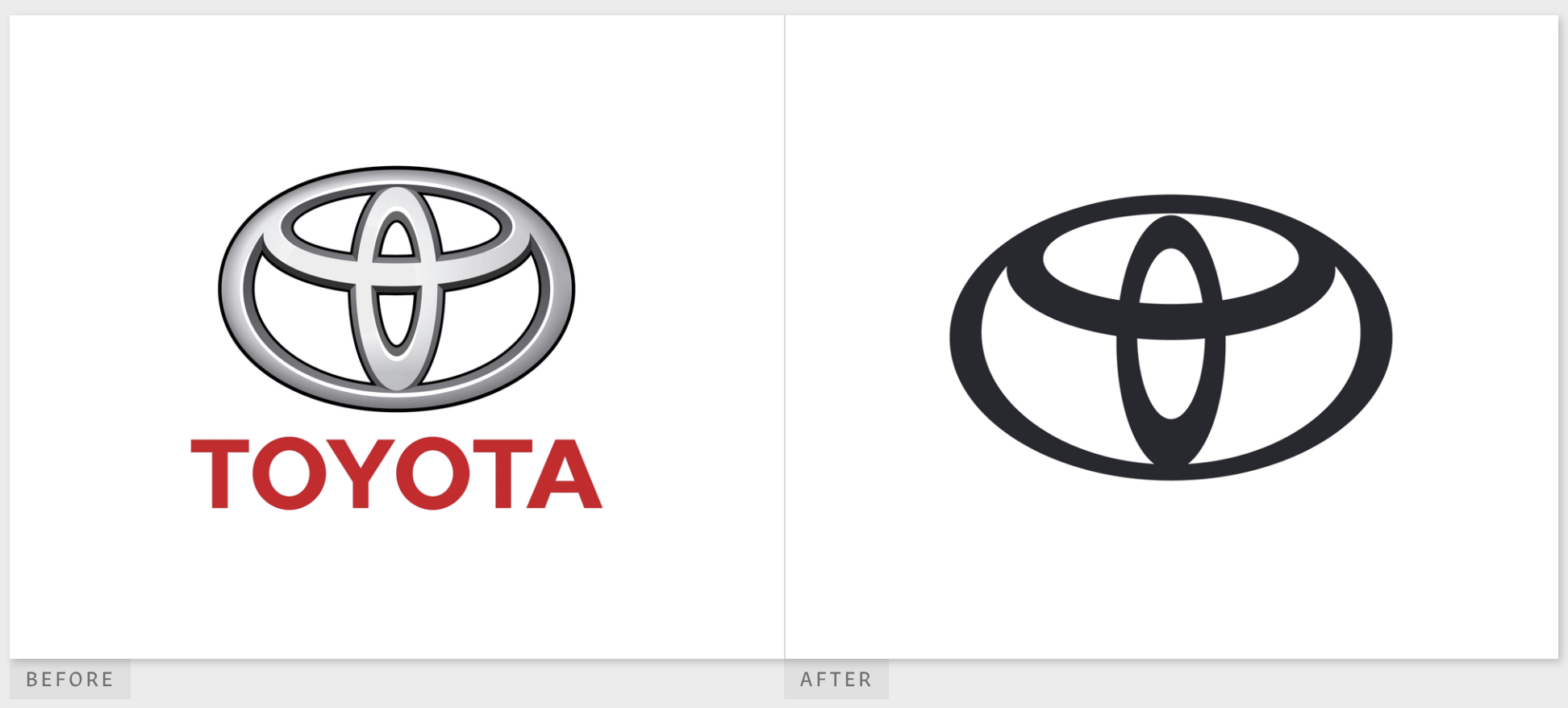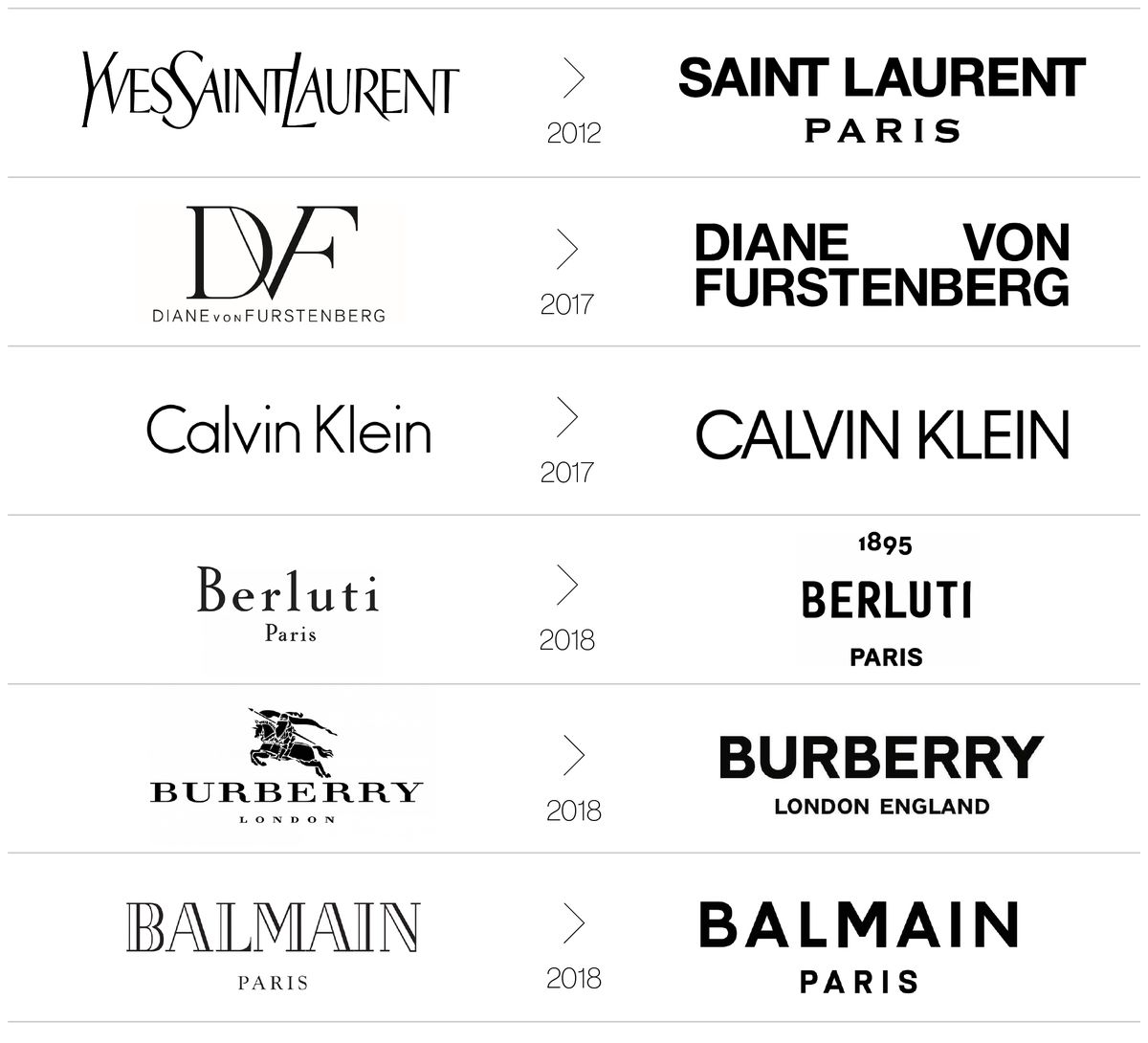
The Top 13.5 Debranding Examples to Follow For Your Branding Strategy
Last update: 4 May 2023 at 02:40 pm
The modern world is going back to the basics. Everyone is slowly realizing minimalism is the need of the hour and that decluttering can be therapeutic. This is what debranding aims at doing: decluttering & minimizing.
What is Debranding?
Debranding is the process of removing or minimizing the branding elements from a product, service, or organization. This can include things like logos, brand names, and other visual elements associated with the brand. The goal is too to create a more generic or neutral appearance to reach a broader audience or distance from negative associations or controversial issues related to the brand.
Debranding has slightly different meanings to different marketers. Debranding, by definition as a business strategy, is removing the brand name from all marketing platforms such as logos, advertisements, online or offline, packaging, merchandise, and more. This practice can be undertaken temporarily, just like Coca-Cola, or to complete a permanent rebranding such as Starbucks.
Debranding could also mean creating a simpler, cleaner logo for a minimalist effect. It may also mean changing its packaging label to a ‘no name’ product or a generic name. One may ask, what is the point of this whole exercise and the benefits of modern debranding?
There are many instances of debranding backfiring as well. This is why brands have to be very careful when debranding and only execute it as a marketing tool once they have weighed the pros and cons
Major Brands that have Debranded
Debranding looks different for different brands, mainly because the definition & perception of debranding varies from company to company. However, there are more successful debranding stories as compared to failures.
Here are 13.5 major brands that have successfully implemented the minimalistic approach by either making subtle changes to their logos or removing unnecessary artwork from the logo as a part of their debranding strategy.
Nike
Who needs to write their brand name when the imagery of their logo is so reconizable? That’s what Nike decided in 1995 (arguably the first major brand to adopt rebranding) to just use the swoosh as their logo and eliminate their brand name from the visual.

Starbucks
In 2011, Starbucks deemed that the siren was enough for people to recognize their store on every corner of the world’s largest cities. It started with just being on coffee cups to eventually changing it on all of their branded products.
To announce their debranding strategy, the brand even had a free latte giveaway day which naturally increased their consumer market within minutes…literally.

Nutella
This debranding action only counts for half…let me tell you why.
Some may argue that this debranding strategy didn’t work (because the brand ended up having to rebrand), but nevertheless, Nutella saw their popularity as strong enough to change their name on their ever so reconizble glass pots, to personalized names.
People could order Nutella pots with their name on it rather than the usual brand name. After a while though, the company dropped the idea and went back to the original design.

Dunkin’ Donuts
If anything, you don’t want your brand to sell you short. That’s what Dunkin’ Donuts wanted to avoid when they dropped the Donuts from their logo. The poor coffee, for years it never got the recognition the donuts did because they were never a part of the logo.
In 2018, the brand debranded to a simpler and more condensed logo but kept the touch of orange and pink.
Warner Brothers
Some brands take debranding to the next level…look at Warner Brothers. Since its first Rebrand in 1925, their logo has undergone no less than 11 changes. Their latest and greatest was a decision to not only make it less flashy, but to use the golden ration as the outline of the badge….

Post-It
Simple and square…that’s what Post-It decided to go for in 2021. No more curves and rectangles, it’s all about the squares.
Not only did they change the shapes of their posit-its in the background of their logo, they even went as far as changing the sizes of the hyphen and dot on the ‘I’…talk about details….

Toyota
Just like Starbucks and Nike, in 2020, Toyota decided that their graphic logo was world-renowned enough to stand on its own without the name of the brand attached to it. Enter the wordless logo.
But not only that, they changed the color and graphical makeup of the logo….bold.

Fashion Brands in General…
Let me leave you with this image below of how these 6 luxurious fashion brands have all undergone a debranding of their logo in the past few years to almost mimic the simplicity of the little black dress…
When implemented correctly, debranding can positively impact a business and help it achieve its growth target. One must take various precautions to ensure the business does not suffer huge losses and the campaign should not backfire. If you think your brand needs a shake-up, then debranding might be the right choice.

Rebranding a Company
Rebranding involves changing the brand image of the company. It can be changing the logo, font/style of a brand name or even debranding.
Rebranding is done to stay afloat with the current market trends. A fresh approach to the brand page, wordmark, or logo can attract a new audience and widen the horizons for the brand.
It also keeps the brand on par with the current competition. It also shows that the brand is evolving. Rebranding, however, can be a tedious process and should be done only after complete market research. Many well-known companies have rebranded themselves successfully over the years.
What is the difference between rebranding and debranding?
Rebranding is updating or modifying a brand’s visual identity or messaging to better appeal to a target audience or reflect changes in the market, while debranding is the process of removing or minimizing the branding elements to create a more neutral appearance or distance from negative connotations.
Significance of Debranding for a Company
It’s important to know why debranding has become so vital and understand why brands debrand.
Debranding is also referred to as de-corporatizing. The brands are now trying to portray themselves as less corporate and more consumer-friendly. This is done so consumers relate to the brand more and the sales of their product increase.
How products are sold in the current market is drastically different from the earlier days. Today, a real person or voice-over by a commoner proves to be an effective technique to drive communication between consumers and products and build stronger relationships.
The brand, the face of the brand, and flashy advertisements are all taking a back seat, and real people are now doing the talking. This is why removing the brand name from the logo proves an effective method to relate to consumers and a proven (most of the time) effective marketing strategy.
This also strips brands of their superficial image and helps them become relatable to people.
Why is a Brand Name Important?
The greatest achievement of a brand name is ‘recall value’. A brand name psychologically relates to a product and is often synonymous with it. The branding of pampers was so strong that diapers were synonymous with pampers till a few years back. Another such example is of an Indian brand of mineral water, ‘Bisleri’. For a few years, mineral water was referred to as Bisleri due to its strong brand presence.
The more the consumers recall your brand name, then the more they tend to buy your products. Marketers and advertisers have executed this for years to increase sales.
Branding is a way of communication with your consumers and manages to stand the test of time. The brand name is important to help the consumer distinguish between you and your competitor; however, the approach has changed.
If you are looking for some help reinventing your brand name or would like to try a debranding strategy, you may want to look for a specialized branding agency to help you with your campaign.
Benefits of Debranding
Apart from businesses trying to follow current trends, here are a few more benefits of debranding.
- Reduces marketing/advertising costs for brands.
- Companies are investing the saved money in making genuine products for a better consumer experience.
- The consumer is better positioned to choose if he needs the product and buys only quality products.
- Once the products are rebranded, they resonate with the real value of the product and not the value that includes exorbitant marketing & advertising costs incurred by the brands.
Why are companies debranding?
Companies may debrand for various reasons, including:
- To distance themselves from negative associations or controversial issues related to the brand, in order to protect the reputation and customer loyalty.
- To expand their target audience and appeal to new customers who may not identify with the current brand image.
- To simplify a complex and diverse brand portfolio that may have evolved over the years through mergers and acquisitions.
- To comply with local regulations and cultural sensitivities or avoid legal issues.
- To shift the focus away from the brand itself and emphasize the benefits and features of the product or service instead.
- To create a more consistent and cohesive brand experience across different products or services.
How to Announce a New Brand?
Whenever you rebrand or debrand, you need a plan of action and a systematic approach to plan and execute the announcement. Here are a few simple things to keep in mind while announcing a new brand.
Introduce the New Brand
Why was this brand introduced? What changes have been made? What does the new identity imply? Consumers will want answers to these questions as this can increase acceptability.
User Guide for Brand Standards
A brand has to be introduced in all forms of media, including the web, promotions, social media, and even word of mouth.
Visual Impact
If any visual changes are made, it’s important to explain their reasoning to the audience and what the new visuals convey. A consistent look should be maintained. It’s also important to introduce visual changes only when they would be more impactful than the current appearance.
Conclusion
When implemented correctly, debranding can positively impact a business and help it achieve its growth target. One must take various precautions to ensure the business does not suffer huge losses and the campaign should not backfire. If you think your brand needs a shake-up, then debranding might be the right choice.






